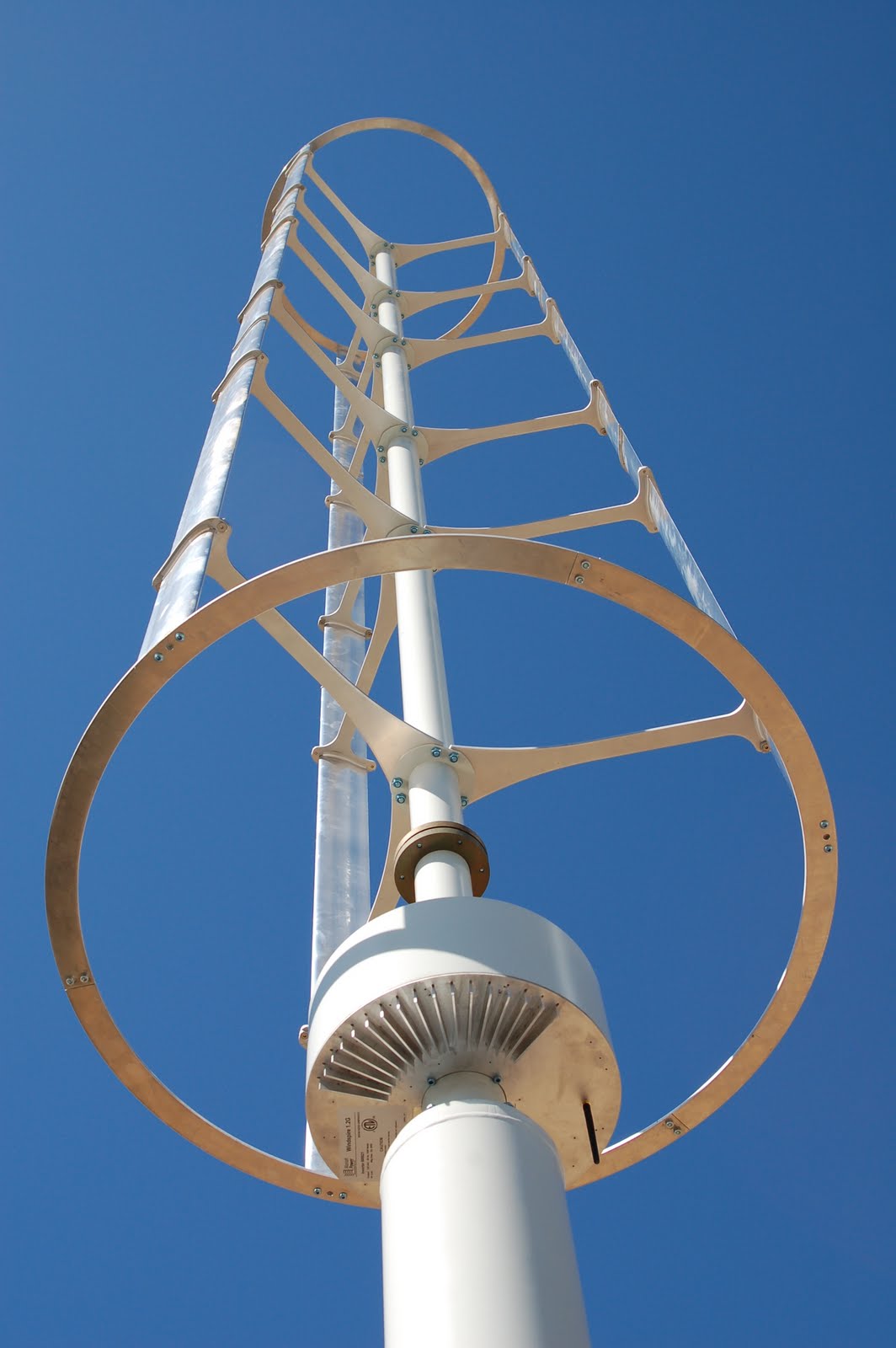elektra
Diamond Member
- Thread starter
- #81
The laughing out loud thing threw me. The quote buried the pic so I could not understand that you were replying to this pic.Lol! Mind if I ask you why you took pictures of that?Kind of unusual.
I took the pics to make this thread. I was startled to see the leaking oil polluting the desert abd our water.
What is so unusual about taking pics of pollution? People do it all the time. People take pics of accidents, fires, buildings collapsing, earthquakes, these pics fit right in.
If you witnessed something polluting the environment that was uniticed or not reported would you not take a photo if you were looking at it with a camera in your hand?
No, I'm talking about the picture that I quoted above? You said it was a picture of a coal burning facility? Just wondering why you went around taking these kinds of pictures. I thought it may have been related to your job. Don't be offended.
I work in electricsl power plants, driving into the Beaver Valley Nuclear plant we pass the Beaver Valley Power Plant. The sun was rising that late winter day. It illuminated the steam, the contrails of the jets, the power lines crisscrossed the sky, I found it spectacular. Funny that someone here demanded a pic of clean coal.
Last edited:
